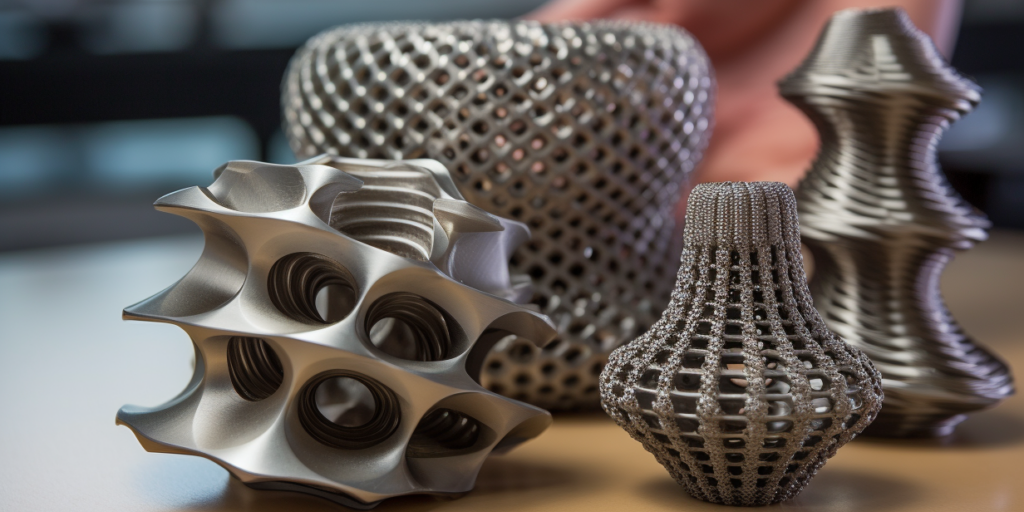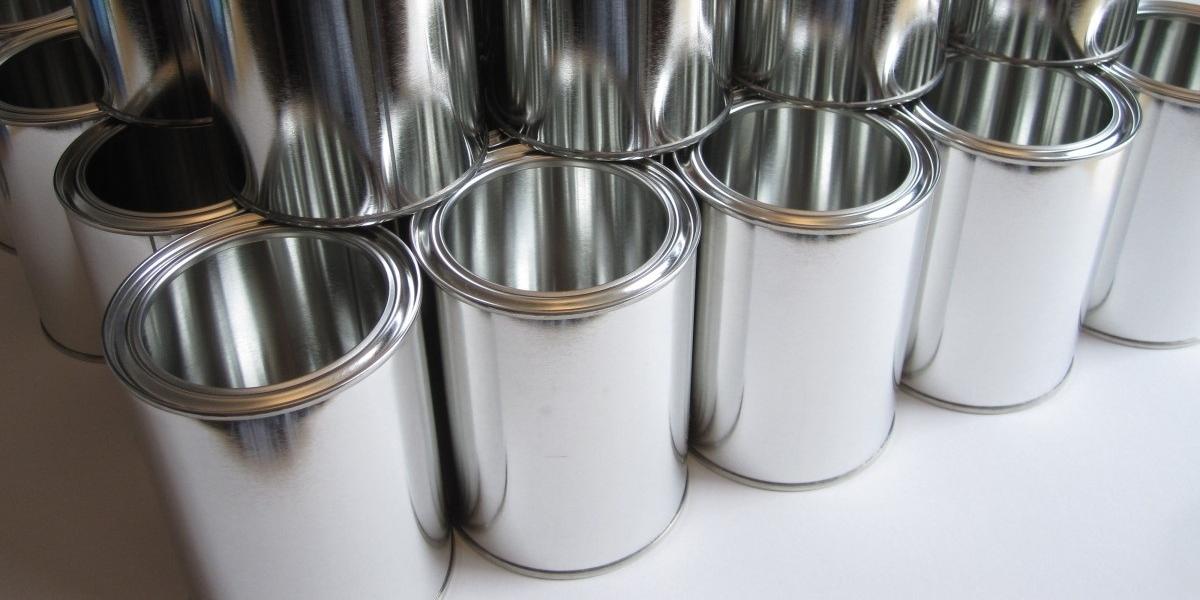Drones for roof inspections have become a cornerstone of modern property maintenance, driven by rapid technological advancements. In 2025, the best drones for roof inspections combine cutting-edge imaging, AI analytics, and cost-effective solutions to deliver unparalleled accuracy. These top models not only capture high-resolution visuals and thermal data but also integrate seamlessly with essential software tools, streamlining workflows for inspectors and property owners alike. As the industry evolves, understanding the cost breakdown and software compatibility of these drones is critical for optimizing roof assessment strategies in the coming year.
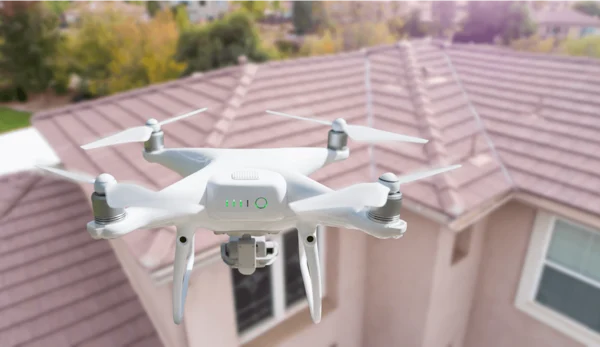
Why Drones Are the Future of Roof Inspections
Manual roof inspections are time consuming, dangerous, and frequently incomplete. Workers are at risk of falling, and standard approaches are ineffective in detecting problems such as hidden moisture or insulation gaps. Industrial inspection drones, equipped with 4K cameras, thermal sensors, and AI-powered analytics, record millimeter-level details without putting humans at risk. The finest drone for roof inspections in 2025 combines durability, precision, and ease of use, making it an essential tool for modern building maintenance. Drones are revolutionizing the way commercial drone inspection teams function, from finding damaged roofs to mapping heat losses.
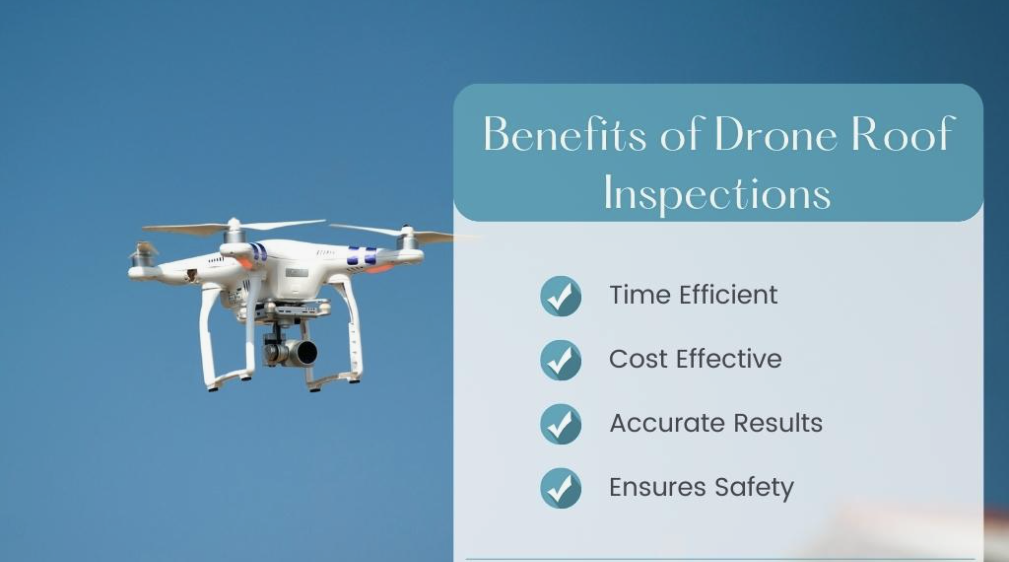
Cost-Effectiveness: A Core Advantage of Drones for Roof Inspections
Drones for roof checks have changed how cost-effective property management is. The Cost Breakdown section of this guide goes into more detail about this topic. With traditional methods, you need to rent equipment, hire a lot of people, and work for days on end. But with the best drones for roof inspections in 2025, one person can do full checks in just hours. By getting rid of the need for manual work and tools, businesses and homeowners can save up to 60% on inspection costs. This lean method is strengthened by important software like DroneDeploy, which automates data analysis and report creation, cutting down on costs while maintaining accuracy.
Drones for roof inspections also excel in accelerating workflows, a critical factor for cost-conscious clients. In 2025, top models like the Autel EVO II Dual 640T can survey a 30,000 sq. ft. commercial roof in under 45 minutes—a task that would take a manual crew days. This speed allows inspectors to complete 3–4 jobs daily, translating to lower per-inspection fees for clients. Real-time software integrations, such as Pix4Dmatic’s 3D modeling, deliver instant insights into issues like cracked flashing or insulation gaps, preventing minor problems from escalating into costly repairs. For enterprises managing large portfolios, adopting commercial drone inspection technology isn’t just economical; it’s a strategic investment in long-term asset preservation.
Time Savings Compared to Traditional Roof Inspection Methods
Another significant advantage of employing drones for roof inspections over traditional methods is the ability to save time. A manual roof inspection might take many hours because inspectors must physically navigate the roof, frequently using ladders and scaffolding. This labor-intensive strategy not only takes time but also puts inspectors’ safety at risk. In contrast, drones can rapidly cover large roof surfaces, producing high-quality photographs and data in minutes.
This efficiency enables speedier turnaround times for inspection results, allowing homeowners and businesses to make informed decisions about roof upkeep or repairs. Furthermore, the capacity to conduct inspections more regularly and efficiently allows any problems to be recognized early, avoiding costly repairs in the future. Drone inspections save time, which not only improves operational efficiency but also has a substantial impact on property management techniques.
Enhanced Safety with Drone Inspections
Using drones for roof inspections is a popular choice among many pros in the field because it makes the job safer. For traditional roof checks, inspectors often have to walk on unstable or steep slopes, which can lead to accidents and injuries. Drones make these risks a lot lower because they let inspectors stay safe on the ground while the drone does the full inspection from above.
Additionally, drones equipped with thermal cameras can find problems like heat loss or moisture intrusion without the need for testers to go to hard-to-reach places. This feature makes things safer by removing the need to climb or put things on rooftops, which can be dangerous. Because of this, using drones not only speeds up the inspection process but also puts the safety of roof testers first, making them an important part of the business.
Before You Buy: The Essential Guide to Drones for Roof Inspections
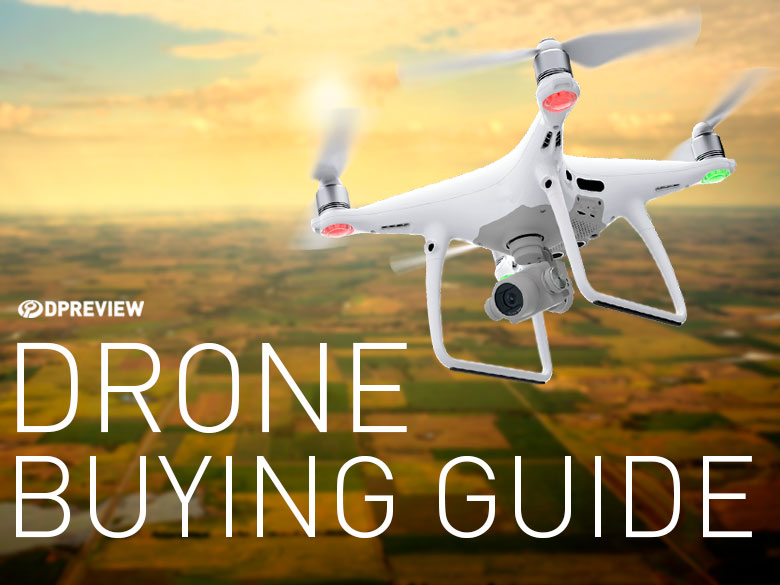
When considering the finest drones for roof inspections, a few models stand out. The DJI Mavic 3, recognized for its high-resolution camera and long flight time, is a strong challenger. Another fantastic option is the Parrot Anafi USA, which has thermal imaging capabilities, making it ideal for spotting roof faults that are not obvious to the naked eye. In addition, the Autel Robotics EVO Lite+ has remarkable image quality and user-friendly features that will appeal to both pros and homeowners.
In addition to these models, the Skydio 2 stands out for its autonomous flight capabilities, which allow it to easily cross complex roof structures. Each drone has various advantages, and the ultimate decision is based on the precise needs of the roof inspection assignment. These best options highlight how drone technology is improving, allowing inspectors to conduct complete evaluations more efficiently.
Top Features to Look for in a Drone for Roof Inspection
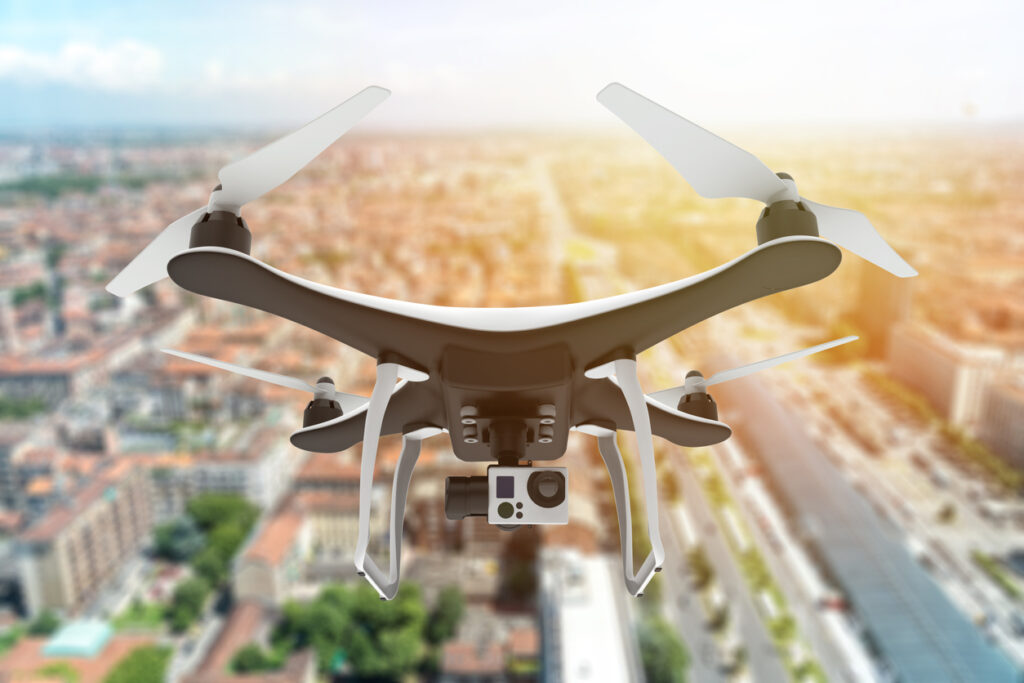
When looking for a drone to check roofs, there are some features that must have for it to work well. High-resolution cameras are very important because they take clear pictures of the roof of the building, which helps inspectors find problems before they happen. Drones that can do thermal imaging can also find heat loss or moisture growth, which are both very important signs of roof problems. Another important factor is flight time. A drone that can fly for longer can cover more ground without having to be charged as often.
GPS functionality is another important feature that makes sure accurate navigation and mapping during checks. Having the ability to record video is also helpful because it gives a full picture of the roof’s state. Also, automated flight settings and controls that are easy to use can make the experience of drone pilots better, especially those who are new to using drones for roof inspections. These features work together to make drone-based roof checks more effective and time-saving.
Comparison of the Best Drones for Roof Inspections
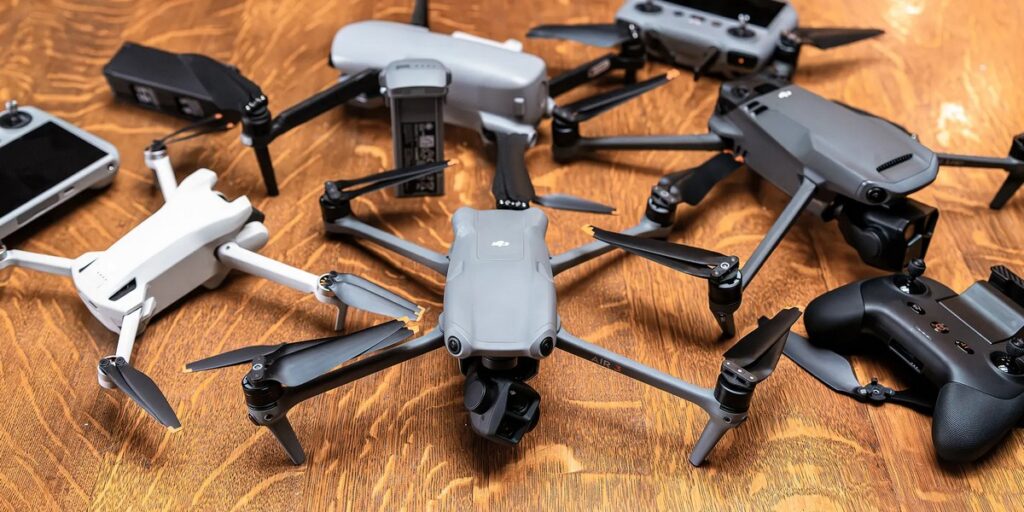
Comparing the best drones for roof inspections reveals distinct characteristics among the leading models. The DJI Mavic 3 excels in image quality, featuring a dual-camera system that includes both a wide-angle and telephoto lens. Its ability to capture high-resolution photos and videos makes it a preferred choice for many roof inspectors. In contrast, the Parrot Anafi USA stands out due to its unique thermal camera, which is particularly useful for identifying hidden leaks and insulation issues.
On the other hand, the Autel EVO Lite+ offers a balance between performance and affordability, providing high-quality imagery at a lower price point. It has a robust flight time, making it suitable for extensive inspections. The Skydio 2, with its advanced obstacle avoidance technology, allows for safer flights around complex roof structures. Each drone has its strengths, and understanding these differences is essential for selecting the right drone for specific roof inspection needs.
Which Drones Are Recommended for Residential Roof Inspections?
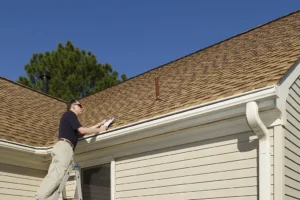
For residential roof inspections, specific drones are particularly well-suited due to their features and ease of use. The DJI Mavic 3 remains a top recommendation for its high-resolution imaging and extended flight capabilities, making it ideal for thorough inspections of various residential properties. The Parrot Anafi USA is another excellent choice, especially for those who require thermal imaging capabilities to detect roof issues early. Its compact design also makes it easy to transport and deploy quickly.
For homeowners looking for a more budget-friendly option, the Autel EVO Lite+ provides a combination of quality and affordability, enabling effective inspections without breaking the bank. Additionally, the Skydio 2, known for its autonomous capabilities, is excellent for those who may not have extensive drone piloting experience. These drones offer homeowners reliable solutions for conducting efficient roof inspections, ensuring that their property’s roof remains in optimal condition.
Top Drones for Roof Inspections in 2025
| Drone Model | Sensor Resolution | Thermal Capabilities | Flight Time | Software Integration | Price Range |
|---|---|---|---|---|---|
| DJI Mavic 3 Thermal | 20MP visual, 640×512 px thermal | Radiometric heat mapping | 45 minutes | DroneDeploy, Pix4D, DJI Pilot | $4,800–$6,200 |
| Autel EVO II Dual 640T | 8K visual, 640×512 px thermal | Simultaneous visual/thermal | 38 minutes | Autel Sky, Pix4Dmatic | $3,500–$5,000 |
| Parrot Anafi USA | 32MP visual, 4K HDR | Optional thermal add-on | 32 minutes | PIX4Dcloud, FreeFlight 7 | $6,000–$7,500 |
| DJI Matrice 30T | 48MP visual, 1280×1024 px thermal | High-res thermal for small defects | 55 minutes | DJI Terra, DroneDeploy | $9,000–$12,000 |
| Flyability Elios 3 | LiDAR, 4K visual | N/A (specializes in 3D mapping) | 12 minutes | Flyability Inspector 4.0 | $14,000–$16,500 |
Selecting the best drone for roof inspections requires balancing sensor quality, flight stability, and software compatibility. Below are the top models leading the market:
DJI Matrice 300 RTK
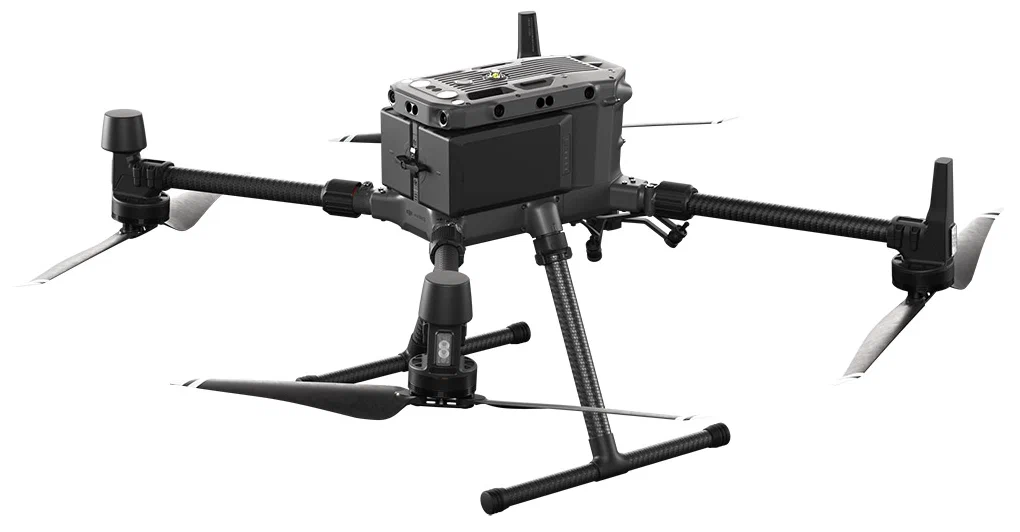
The DJI Matrice 300 RTK is a high-end drone made for industrial checks, such as checking the roof. Because it can fly for 45 minutes, has a communication range of 15 km, and is weatherproof up to IP44, it is a great choice for this use. The drone’s payload space can hold a variety of cameras, such as the Zenmuse H20 series, which has great picture quality and zooming capabilities. The Matrice 300 RTK is safe and reliable to use because it is well-built, has multiple backup systems, and has an advanced hazard avoidance system.
Price: $6,500 – $10,000 (depending on the payload and accessories)
Autel EVO II
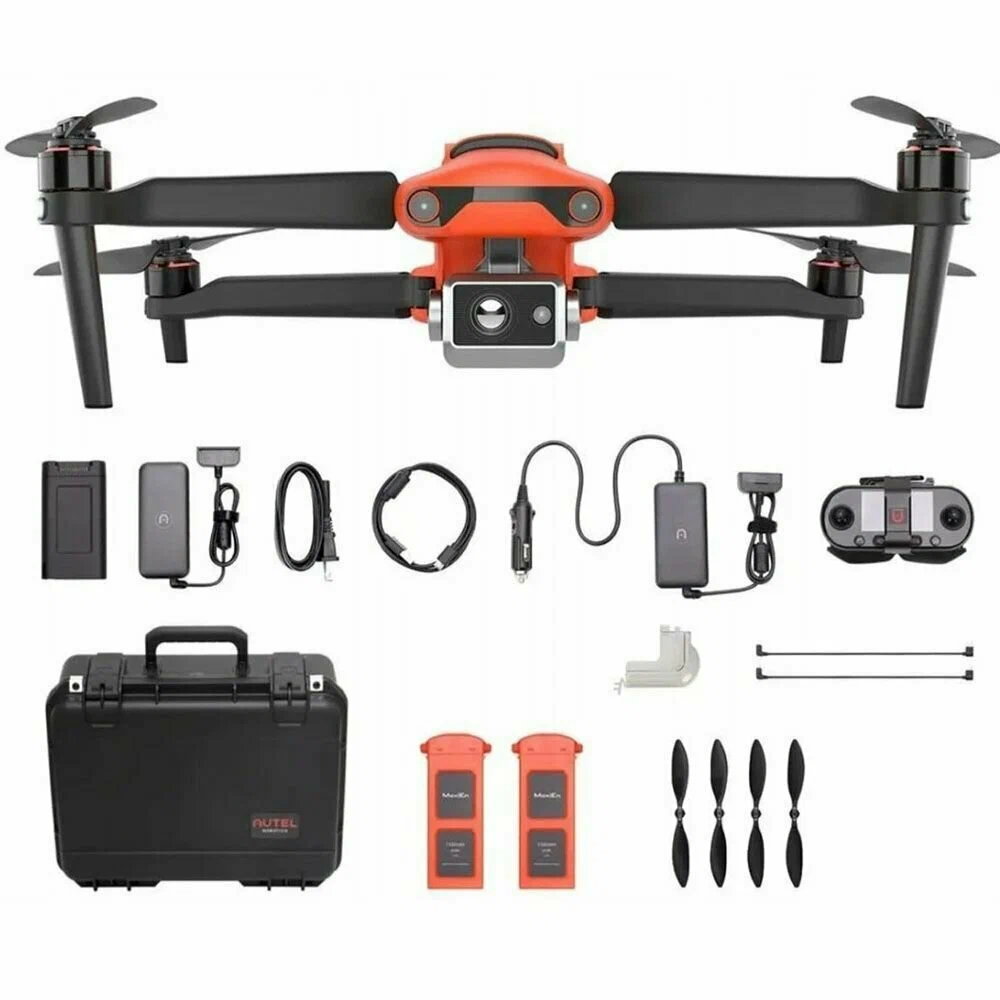
The Autel EVO II is a strong, compact drone that can be used to check on roofs. With a flight time of 30 minutes, a transmission range of 9 km, and IP43 weather protection, it’s a good choice. It has a 1/1.28-inch CMOS sensor, a 48MP camera that can record 8K video, and 16x digital zoom. The EVO II has an all-around obstacle avoidance system and advanced flight modes, like “Dynamic Track,” that make rides smooth and quick.
Price: $1,495 – $2,495 (depending on the package and accessories)
Parrot Anafi USA
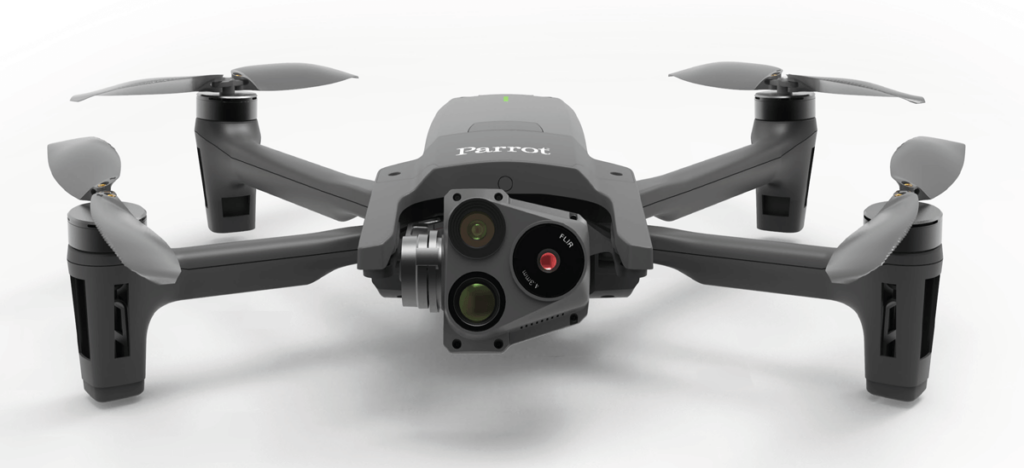
TThe Parrot Anafi USA is a small, tough drone made for inspecting factories. With a flight time of 32 minutes, a transmission range of 4 km, and IP53 weather protection, it can be used to check out roofs. The drone has a 1/1.7-inch CMOS sensor, a 48MP camera with 3x digital zoom, and the ability to record 4K video. The advanced obstacle avoidance system and thermal imaging capabilities of the Anafi USA give you a lot of information about the state of the roof.
Price: $7,000 – $10,000 (depending on the package and accessories)
Yuneec H520
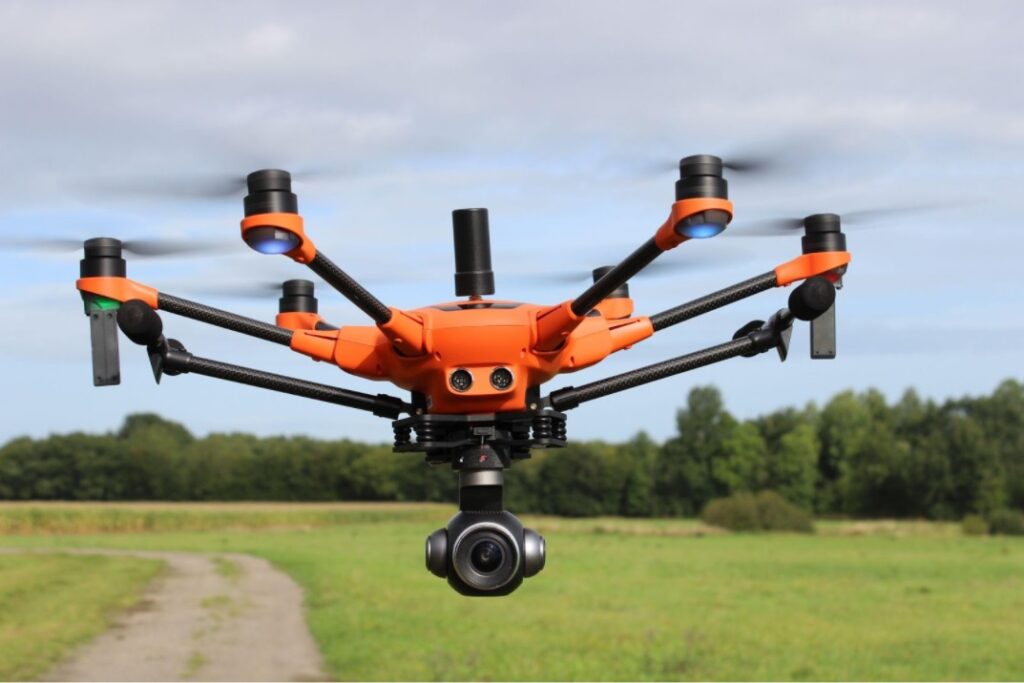
For aerial mapping and inspections, nothing beats the Yuneec H520, a commercial-grade drone. An dependable choice, with a flight length of 25 minutes, a transmission range of 1.5 km, and IP53 weather protection. The drone’s 12 megapixel camera has a 1/1.7-inch CMOS sensor, 12x digital zoom, and 4K video recording capabilities. A steady and efficient flying is guaranteed by the H520’s six-rotor architecture and innovative obstacle avoidance technology.
Price: $1,999 – $3,999 (depending on the package and accessories)
Cost Breakdown
When considering the cost of a drone for roof inspections, it’s essential to factor in the following expenses:
- Drone purchase or rental: The cost of the drone itself, which can range from $1,000 to $25,000, depending on the model and features.
- Payload and accessories: Additional costs for cameras, sensors, or other payloads, which can range from $500 to $5,000.
- Software and subscriptions: Annual or monthly fees for software tools, such as data analysis and processing platforms, which can range from $500 to $5,000.
- Pilot training and certification: Costs associated with training and certifying a drone pilot, which can range from $1,000 to $5,000.
- Insurance and maintenance: Annual premiums for drone insurance, which can range from $500 to $2,000, and maintenance costs, which can range from $500 to $2,000.
- Data analysis and reporting: Costs associated with hiring a professional to analyze and generate reports from drone-collected data, which can range from $1,000 to $5,000.
Total estimated cost: $4,000 – $62,000 (depending on the drone model, software, and services)
Essential Software Tools for Roof Inspections
Pix4D
One of the best platforms for processing and analyzing data from drones is Pix4D. To help you get the most out of drone data, it has advanced features including 3D modeling, orthophoto creation, and measuring tools.
Subscription cost: $250 – $1,500 per year
DroneDeploy
Designed for drone data administration and analysis, DroneDeploy is a cloud-based tool To expedite roof inspection procedures, it provides capabilities including automated flight planning, real-time data processing, and collaborative tools.
Subscription cost: $299 – $999 per year
SkyDio
SkyDio is a software platform that enables drone inspections and data analysis. It provides advanced features including AI-powered problem detection, automated reporting, and collaborative tools to improve roof inspection efficiency.
Subscription cost: $500 – $2,000 per year
Propeller Aeropoints
A software framework for analyzing and visualizing drone data is called Propeller Aeropoints. Features like 3D modeling, volumetric computations, and measurement tools are available to assist you in deriving insightful information from data collected by drones.
Subscription cost: $250 – $1,000 per year
Autodesk ReCap
Autodesk ReCap is a software platform for reality capture and data analysis. It offers advanced features, such as 3D modeling, orthophoto generation, and measurement tools, to help you extract valuable insights from drone-captured data.
Subscription cost: $250 – $1,500 per year
How to Choose the Right Drone for Your Roof Inspection Needs?
There are a few important things you need to think about when picking the right drone for your roof check needs. First, you should think about the specifics of your inspections, like what size roofs you need to look at and whether thermal imaging is important. Also, think about your budget. Drone prices can change a lot depending on the features and quality. To meet your individual inspection needs, you need to find a model that strikes a good balance between performance and price.
Another important factor is how easy it is to use, especially if you have never flown a drone before. Look for models with easy-to-use controls and automatic flight features. These can make the review process go more quickly. Lastly, think about how long and reliably the drone will work. Roof inspections often need tools that can work in a variety of weather situations. You can choose the best drone for your roof inspection jobs by looking at these things.
Factors to Consider When Choosing a Drone for Roof Inspection
When choosing a drone for roof checks, there are a few important things to keep in mind to get the best results. First, the quality of the camera is very important; high-resolution images are needed to correctly find potential roof problems. Also, drones that can do thermal imaging are useful because they can help find problems that can’t be seen during regular checks. Also, think about how long the drone can fly. Longer battery life lets you do more thorough checks without stopping.
The drone’s ease of use is another important thing to think about. Look for models with easy-to-use buttons and automatic features. These can help pilots who aren’t very experienced. Compliance with regulations is another important thing to think about. Make sure the drone follows all local laws and rules, including any licensing needs for business use. If you think about these things, you’ll be able to pick a drone that works well for your roof check.
Should You Hire a Professional Drone Inspector or Use Your Own Drone?
Choosing whether to employ a professional drone inspector or utilize your own drone for roof inspections requires assessing the advantages and disadvantages of each option. If you have the proper skills and equipment, flying your own drone can help you save money and gain more control over the inspection process. This option provides schedule flexibility and is especially useful for homeowners doing routine inspections.
However, employing a professional drone inspector has benefits, especially for complex inspections or when specialist knowledge is required. Professionals are often skilled at evaluating data and comprehending the complexities of roof inspections, resulting in thorough assessments. They also own high-quality equipment and may have access to advanced tools that an individual does not. Finally, the selection is based on the individual conditions of the roof inspection and the resources available to you.
Understanding Drone Regulations for Roof Inspections
Understanding the rules about drones is important for anyone who wants to use them to inspect roofs. It is important to follow state and federal laws, like the FAA’s Part 107 regulations, to make sure operations are safe and legal. These rules include things like flight height limits, airspace restrictions, and the need for business drone pilots to get licenses. People who don’t follow these rules could face fines and other legal problems.
Additionally, some places may have specific rules about using drones, especially in areas with a lot of people or that are sensitive. It is vital to study and be aware of these regulations before conducting roof inspections. If you know and follow the rules about using drones, you can do your job safely and effectively, getting the most out of using them for roof checks while avoiding legal problems.
How to Use Drones for Roof Inspections Effectively?
To use drones for roof inspections successfully, you need to plan and get ready ahead of time. First, it’s important to learn about the local rules and get any permits you need, especially if you want to fly a drone for business. Make sure the drone is in good working order before the inspection by checking the battery life and camera functions. It’s also a good idea to make a flight plan that shows exactly what parts of the roof need extra care. This will help the check go more smoothly.
As part of properly getting ready for a drone roof inspection, you should also check the weather for the day of the flight. Wind and rain can make the drone less effective and lower the quality of the check. By doing these things ahead of time, drone pilots can make sure that their roof checks are as thorough as possible by collecting all the data and pictures they need for their reports.
Steps to Prepare for a Drone Roof Inspection
There are a few important steps that must be taken before a drone roof check can happen. First, do some study to find out what the specific rules are for roof inspections in your area. This includes any rules about using a drone. After that, give the drone a thorough pre-flight check to make sure the battery is fully charged and all of its parts, like the camera and sensors, are working properly. This step is very important to make sure that the check doesn’t get interrupted.
Next, carefully plan your flight path, paying special attention to parts of the roof that might need a close look. This could include areas that are hard to get to for physical inspection or areas that have worn down over time. It’s also a good idea to check the weather report, since bad weather can make the inspection process more difficult. By doing these things ahead of time, you can make using drones for roof checks safer and more effective.
Best Practices for Conducting a Roof Inspection Using Drones
To use drones for a roof check correctly, you need to follow best practices that improve safety and data accuracy. During the flight, you must always have a clear line of sight with the drone. This is a key condition of many rules, including FAA Part 107. If you need to, use a guide to help you keep track of where the drone is, especially when checking out bigger roofs. Making repeated passes over the roof can also help make sure that the whole area is covered and that the images are clear.
One more good idea is to use the high-resolution camera on the drone to get pictures from different angles and points of view. This will help you get a better idea of how bad the roof is. Lastly, it’s important to quickly look over and examine the data that was collected after the inspection to find any problems that might need more research or action right away. If you follow these best practices, your drone roof check will go well.
Common Mistakes to Avoid When Using Drones for Roof Inspections
When using drones for roof checks, it’s important to avoid making common mistakes to keep things safe and effective. Flying the drone without a clear plan or flight path is a big mistake. This can cause parts of the roof to be missed that need to be inspected, and it can waste flight time. Forgetting to do a pre-flight check can also cause equipment to break down during the inspection, which could damage the drone or the property.
Another common mistake is failing to follow the rules. To stay out of trouble with the law, you should learn about your area’s drone rules, such as limits on altitude and airspace. Lastly, if you don’t look at the data that was taken after the flight, you might miss chances to find problems with the roof. If drone pilots know about these common mistakes and take steps to avoid them, they can make their roof checks better and more reliable.
Consider Partnering with XMAKE
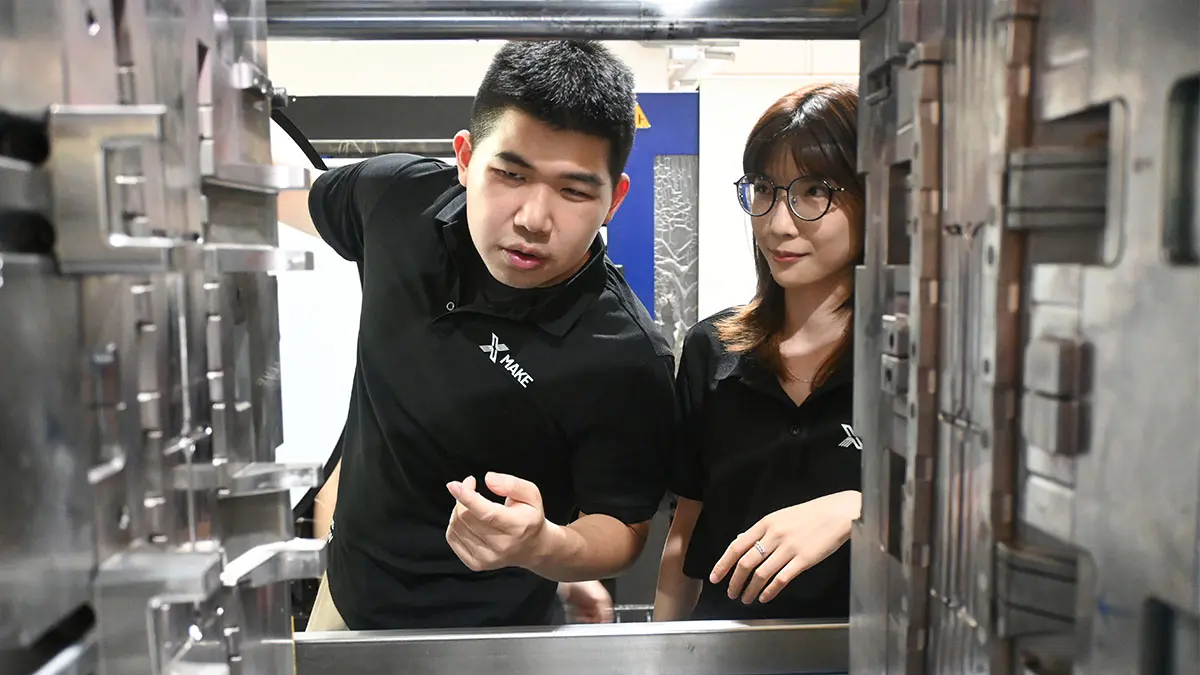
XMAKE is the world’s leading digital manufacturing platform, capable of producing and machining several drone key components. PDW, one of the best military drone manufacturers in the US, and EHang, a leader in unmanned intelligent transport research and development in China, are our long-term partners.If you are concerned about the durability, tight tolerances, machining technology requirements, and other aspects of drone parts, you should contact XMAKE. We can help you solve these problems.
What is the Future of Drone Technology in Roof Inspections?
Drone technology for roof inspections is expected to undergo constant improvement in several areas, which bodes well for the future. New developments point to a future where drones may fly themselves, with the help of AI and ML, to improve inspection procedures. Drones equipped with this technology could be able to assess data in real-time, yielding instantaneous insights and suggestions for roof maintenance. Furthermore, developments.
FAQs
1.Do I need a license to operate a roof inspection drone?
Yes. In the U.S., the FAA Part 107 certification is mandatory for commercial drone pilots. Training costs $150–$400, and liability insurance ranges from $500–$2,000 annually.
2.How long does a drone roof inspection take?
A typical 20,000 sq. ft. roof takes under 30 minutes with drones like the Autel EVO II, compared to 3–4 hours manually. Large industrial sites may require 1–2 hours.
3.Are drone inspections suitable for all roof types?
Absolutely. Drones adapt to asphalt shingles, metal roofs, and flat commercial membranes. Specialized models like the Flyability Elios 3 even inspect curved or enclosed structures.
4.What regulations apply to drone roof inspections?
- FAA Part 107 (U.S.) for commercial operations.
- Local airspace restrictions (e.g., near airports).
- Data privacy laws for sensitive projects.
References
- Federal Aviation Administration (FAA). (2025). Part 107 Small UAS Rule.
- DJI Official Site. (2025). Mavic 3 Thermal Specifications.
- DroneDeploy. (2025). Roof Inspection Case Studies. https://www.dronedeploy.com/solutions/roof-inspections
- Drone Industry Insights. (2025). 2025 Global Drone Market Report. https://www.droneii.com
- Flyability. (2025). Elios 3 Confined-Space Applications. https://www.flyability.com/elios-3
- Pix4D. (2025). 3D Modeling for Roof Inspections. https://www.pix4d.com
- Cyberhawk Case Study. (2025). Industrial Roof Inspections with Drones. https://www.thecyberhawk.com


